Cats are among the most popular pets worldwide, yet they seem to have a reputation for disliking water. However, not all felines share this aversion. While some cats avoid water at all costs, others seem to relish the experience. This dichotomy prompts an intriguing exploration into the causes behind these varied behaviors. By understanding various factors that influence a cat’s reaction to water, pet owners can better cater to their feline friends’ preferences and needs.
The Myth of Cats and Water
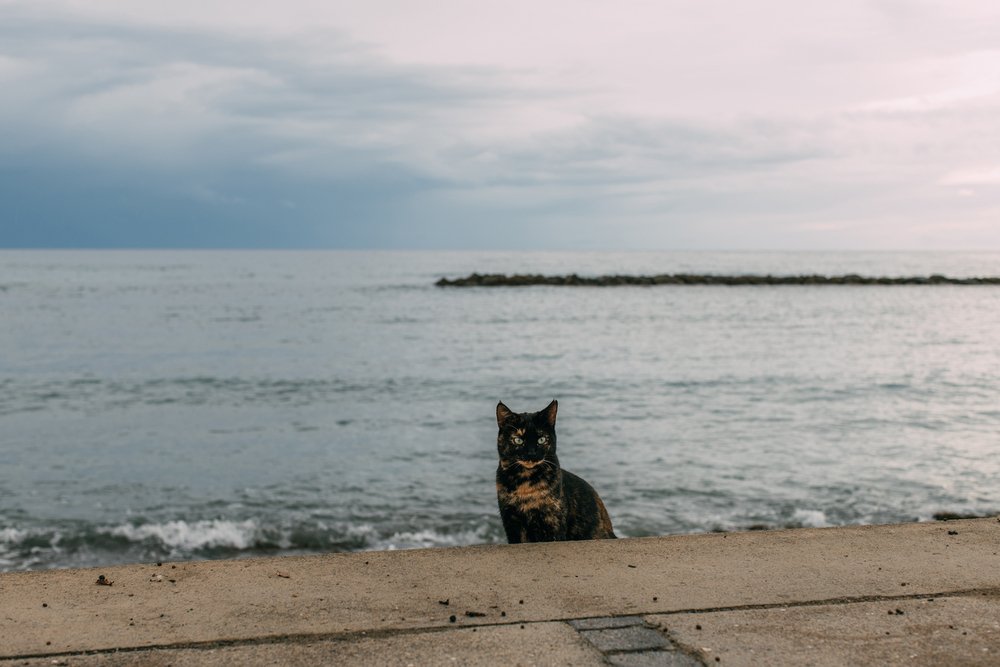
A long-standing myth is that all cats are terrified of water. While it is true that many domestic cats display a significant aversion to it, this stereotype doesn’t encompass the entire feline population. Some breeds, like the Turkish Van, are known for enjoying a good swim. Understanding why some cats despise water while others adore it requires a closer look at feline history, anatomy, and behavior.
Evolutionary Background
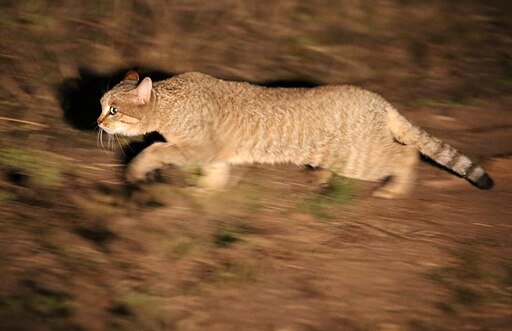
Cats, particularly domestic breeds, originate from arid regions where water bodies were scarce. Their ancestors had minimal contact with water, except for drinking. This evolutionary background means that most cats have not developed an affinity or need for swimming or playing in water, unlike other animals such as dogs.
Sensory Sensitivities

Cats have highly sensitive ears, whiskers, and skin. Water can interfere with their acute sense of touch and hearing. For cats who are sensitive to changes, even a small amount of water can be overwhelming and unpleasant. Additionally, since a wet coat takes a long time to dry, it can leave a cat uncomfortable for extended periods.
Breed-Specific Tendencies
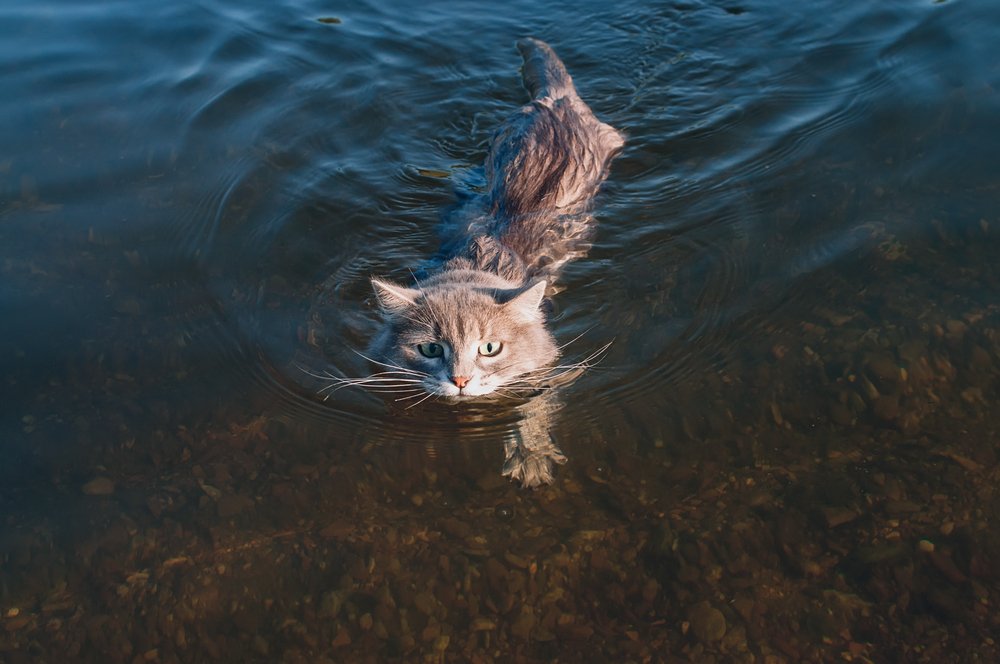
Some cat breeds have a natural affinity for water. The Turkish Van, often dubbed the “swimming cat,” has a water-resistant coat and enjoys swimming. The Maine Coon, Norwegian Forest Cat, and Bengal are also known to be more tolerant of water than other breeds. These genetic predispositions can result in vastly different reactions to water across various breeds.
Individual Personality and Early Experiences
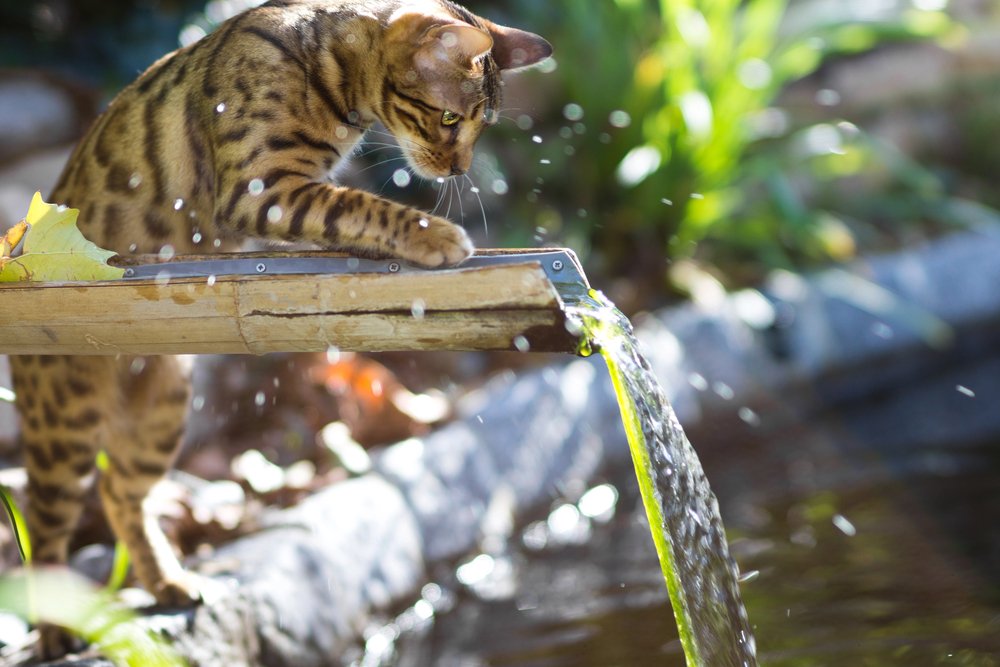
Just like humans, cats have individual personalities. Some may be curious and adventurous, which can extend to exploring water. A cat’s early experiences also play a crucial role in their affinity for water. Kittens exposed to water in a positive context may grow up more comfortable with it than those who weren’t.
The Role of Hydration and Grooming
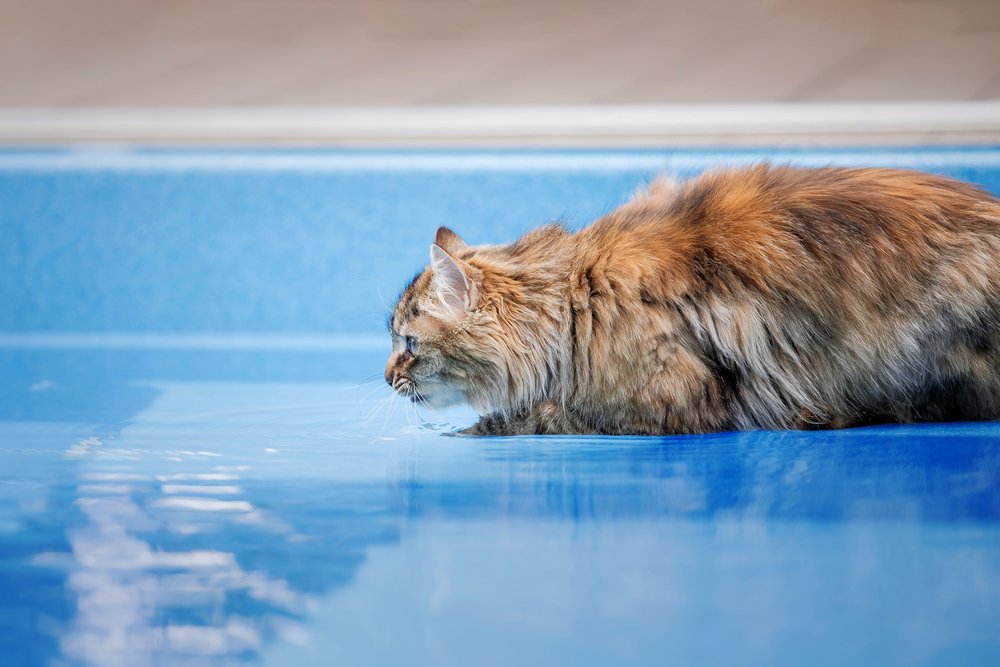
Cats derive most of their hydration from the food they consume and typically drink only small amounts of water. This reduced reliance means they might not associate water with necessity or enjoyment. Regarding grooming, cats have a strong dislike for any interruption in their self-cleaning habits. Water can serve as such a disruption, which could contribute to their aversion.
Practical Considerations for Pet Owners
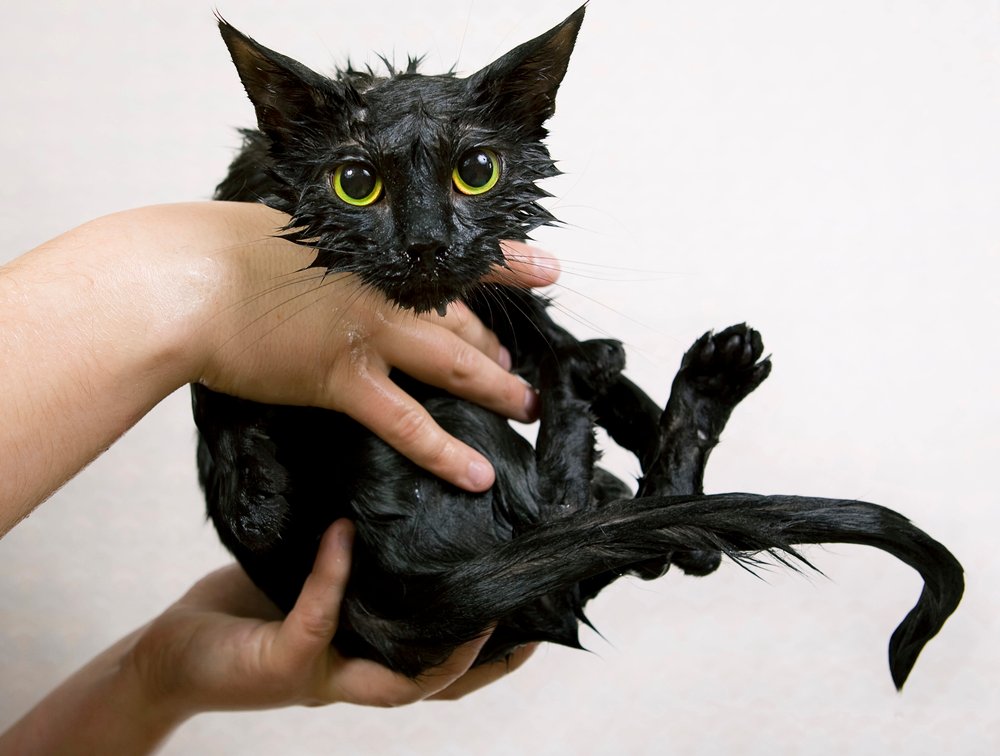
For owners of water-curious cats, offering cat-safe water features or incorporating water play can be beneficial. However, for water-averse cats, it’s essential to respect their comfort levels and avoid forcing them into situations they find stressful. Bathing should be kept to a minimum unless medically necessary.
How to Gently Introduce Water
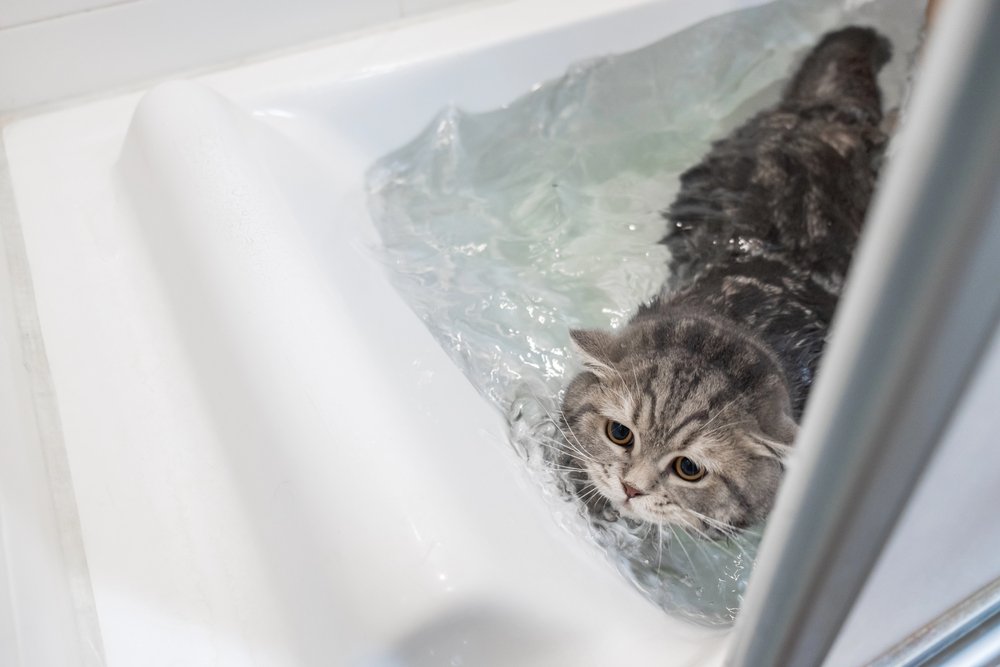
If you wish to help your cat become more comfortable with water, gradual exposure is key. Start with shallow water in a safe, controlled environment. Use toys and treats to create positive associations. Patience and understanding of your cat’s limits are essential to ensure a comfortable acclimation process.
Conclusion

The dichotomy of cats’ reactions to water is a fascinating subject that blends evolutionary, genetic, and individual psychological factors. Understanding these can help pet owners navigate their feline companion’s preferences better. Whether your cat loves splashing in a pool or prefers staying dry, acknowledging and respecting their unique individuality will contribute to a harmonious and happy relationship.

Growing up traveling and experiencing new cultures and wonders, I have had a passion for nature, adventuring, photography, and videography. I am currently working towards a BSc in Biodiversity and Ecology at Stellenbosch University, and I hope to specialise in Marine Sciences one day.
Please send any feedback to Feedback@animalsaroundtheglobe.com






